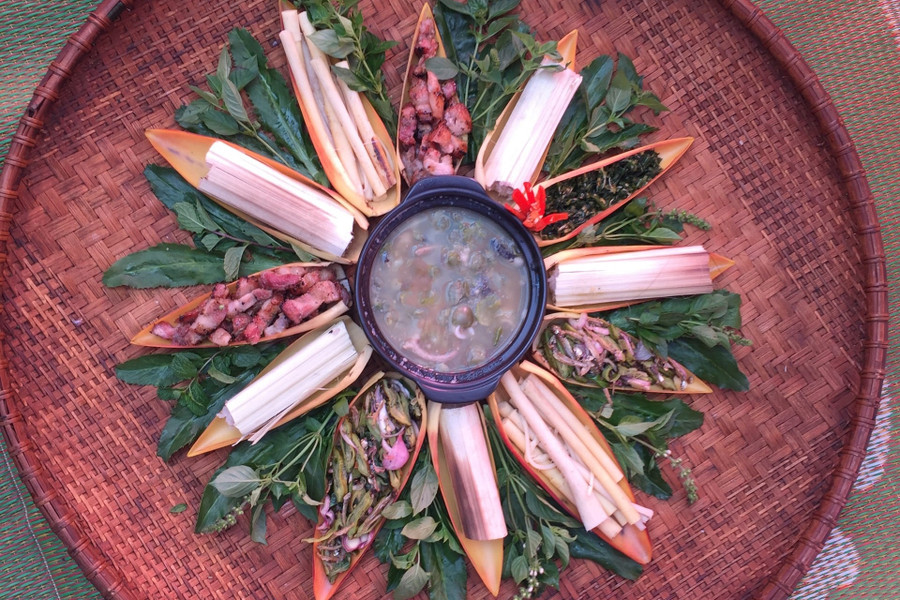
For a long time, the cuisine here has not only reflected the cultural life but also been a vivid demonstration of the harmonious connection between people and nature. Today, in the trend of developing green cuisine - focusing on environmental friendliness, respecting natural ingredients and aiming at community health, indigenous cuisine in Lam Dong is having the opportunity to affirm its value. The highlight of indigenous cuisine here is the simplicity and purity of the ingredients. Wild vegetables, forest leaves, bamboo shoots, mushrooms, stream fish, wild game meat (in the past), now replaced by locally raised livestock and poultry... all carry the breath of the mountains and forests. The M'nong, Ma, Ede, Dao, Tay, Nung... people in the West of Lam Dong know how to take advantage of available resources, processing them into delicious and healthy dishes. Canh thut, com lam, grilled fish in bamboo tubes, charcoal grilled meat, rice wine… not only satisfy the taste buds but also reflect a way of living in harmony with nature, with little impact on the environment. This is also an important criterion of green cuisine.
Some local dishes are gradually becoming “green specialties” that attract tourists. Canh thut of the M'nong people is cooked entirely from vegetables, forest leaves, young bamboo shoots, rice flour, simmered in bamboo tubes, retaining the natural sweetness, without the need for chemical spices. Com lam - sticky rice in bamboo tubes, grilled over hot coals still retains the characteristic aroma of bamboo. Ruou can, fermented with traditional leaves, not industrialized, is both rich and safe. These dishes, if widely introduced from a green culinary perspective, will create a sustainable competitive advantage for local tourism .
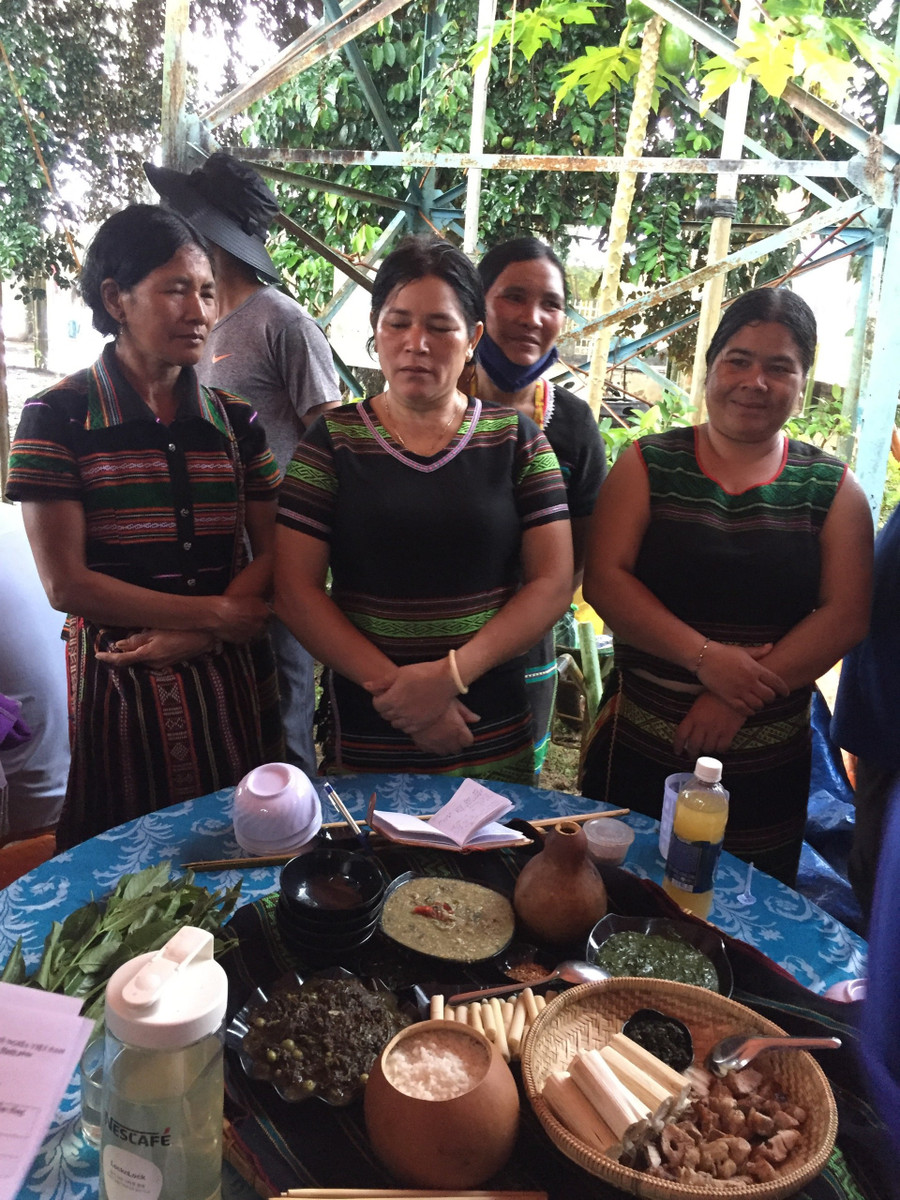
Not only the food but also the way of preparation and serving also reflects the green philosophy. Indigenous people use bamboo, wood, banana leaves, and dong leaves instead of plastic bags and plastic boxes; in festivals, rice wine is drunk with bamboo tubes, contributing to reducing waste. Many households and cooperatives in villages have linked indigenous cuisine with green consumption trends, creating new attractions for tourists. According to artisan Dieu Noi (M'nong ethnic group) in Jieng Ngaih village, Tuy Duc commune, to preserve the soul of indigenous cuisine, we must first respect the available natural ingredients. He shared: "Our people do not abuse industrial spices, but keep the natural flavor of food. That is both a cultural feature and good for health, in line with the current green living trend."
In fact, many tourists when visiting and doing community tourism want to experience a traditional meal at a long house or village. The rustic but rich dishes make them remember for a long time. In addition, the combination of local cuisine and creative ideas from young people, such as making dried products, environmentally friendly packaging or opening a culinary experience space associated with community tourism, is opening up a new direction.
For Lam Dong’s indigenous cuisine to become a highlight in the green culinary trend, the community and the government need to join hands. It is necessary to focus on building brands, promoting products, supporting processing techniques, safe preservation and training service skills for the people. Combining green cuisine with eco-tourism and community tourism will create a sustainable value chain, both preserving culture and increasing income for the people.
According to MY HANG (baolamdong.vn)
Source: https://baogialai.com.vn/mon-ngon-ban-dia-trong-xu-huong-am-thuc-xanh-o-lam-dong-post568822.html



![[Photo] Prime Minister Pham Minh Chinh chairs a meeting of the Government Standing Committee on overcoming the consequences of natural disasters after storm No. 11](https://vphoto.vietnam.vn/thumb/1200x675/vietnam/resource/IMAGE/2025/10/09/1759997894015_dsc-0591-jpg.webp)

![[Photo] General Secretary To Lam visits Kieng Sang Kindergarten and the classroom named after Uncle Ho](https://vphoto.vietnam.vn/thumb/1200x675/vietnam/resource/IMAGE/2025/10/09/1760023999336_vna-potal-tong-bi-thu-to-lam-tham-truong-mau-giao-kieng-sang-va-lop-hoc-mang-ten-bac-ho-8328675-277-jpg.webp)

![[Photo] President Luong Cuong attends the 80th Anniversary of the Traditional Day of Vietnamese Lawyers](https://vphoto.vietnam.vn/thumb/1200x675/vietnam/resource/IMAGE/2025/10/09/1760026998213_ndo_br_1-jpg.webp)
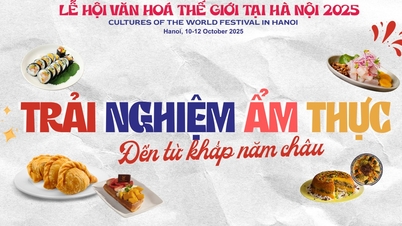

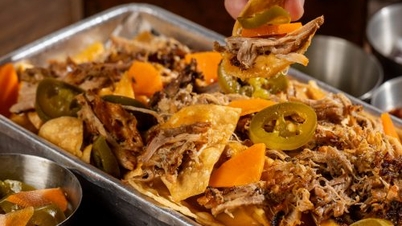


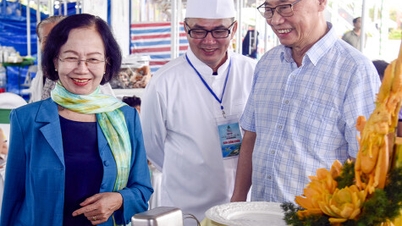

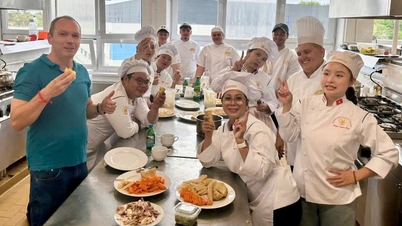




















































































Comment (0)